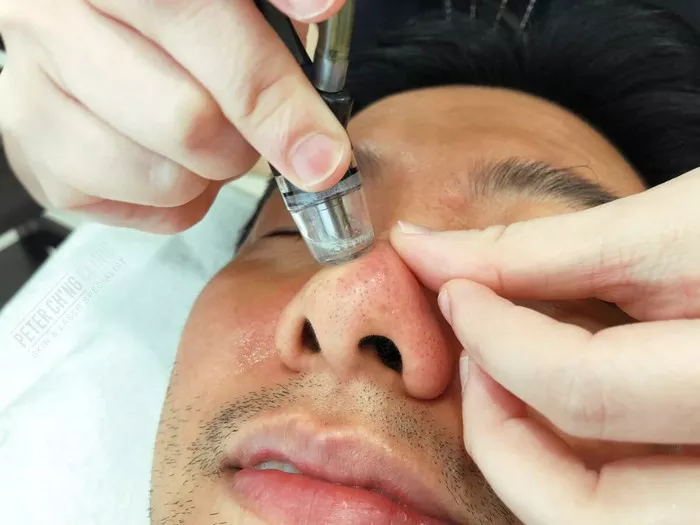Microdermabrasion is a popular non-invasive cosmetic procedure that aims to rejuvenate the skin’s appearance by gently exfoliating the outermost layer of skin cells. This treatment can effectively improve various skin concerns, such as fine lines, acne scars, uneven texture, and dullness. While microdermabrasion is generally considered safe, it is essential to understand the potential side effects and risks associated with the procedure. In this article, we will explore what microdermabrasion entails and delve into the common side effects that individuals may experience.
Understanding Microdermabrasion
Microdermabrasion is a cosmetic procedure that uses a specialized machine or handheld device to exfoliate the skin’s top layer, known as the stratum corneum. The most common types of microdermabrasion are crystal microdermabrasion and diamond-tip microdermabrasion:
Crystal Microdermabrasion: This method involves spraying tiny abrasive crystals onto the skin’s surface to gently remove dead skin cells and impurities. A vacuum mechanism then suctions away the exfoliated particles and debris.
Diamond-Tip Microdermabrasion: In this approach, a diamond-tipped wand is used to physically exfoliate the skin. The wand’s abrasive surface removes dead skin cells, and a vacuum system collects the debris.
Microdermabrasion is typically performed on the face but can also be applied to the neck, chest, hands, and other body areas. It is known for its ability to provide a smoother, more youthful skin texture and improved skin tone.
Common Side Effects of Microdermabrasion
Microdermabrasion is considered a low-risk procedure, but like any cosmetic treatment, it can have side effects. These side effects are usually mild and temporary, and most individuals can resume their regular activities immediately after treatment. Here are some of the common side effects of microdermabrasion:
Redness: After microdermabrasion, it is normal to experience mild to moderate skin redness, similar to a sunburn. This redness typically subsides within a few hours to a day.
Slight Discomfort: Some individuals may feel a slight tingling or tightness in the treated area immediately after the procedure. This discomfort is usually mild and short-lived.
Skin Sensitivity: The skin may become more sensitive to environmental factors such as sunlight and wind following microdermabrasion. It is essential to apply sunscreen and protect the skin from direct sun exposure.
Dryness and Peeling: In the days following microdermabrasion, the treated skin may become dry and may peel or flake. This is a natural part of the skin’s renewal process and should not be a cause for concern.
Swelling: Some individuals may experience mild swelling, particularly around the eyes or in the treated area. This swelling usually resolves within a day or two.
Bruising (Rare): Although uncommon, bruising can occur, particularly in individuals with sensitive or thin skin. It typically fades within a week.
Acne Flare-Up (Rare): In rare cases, microdermabrasion can trigger a temporary acne breakout in individuals with a history of acne. This usually resolves within a short period.
Infection (Rare): While rare, there is a minimal risk of infection after microdermabrasion. It is crucial to keep the treated area clean and follow post-treatment care instructions to reduce this risk.
Pigment Changes (Rare): Microdermabrasion can rarely cause temporary changes in skin pigment, particularly in individuals with darker skin tones. These changes usually resolve over time.
Scarring (Extremely Rare): Severe complications leading to scarring are exceptionally rare but have been reported. Choosing a qualified and experienced practitioner can minimize this risk.
Conclusion
Microdermabrasion is a popular and generally safe cosmetic procedure for improving skin texture and addressing various skin concerns. While side effects are typically mild and temporary, it is essential to be aware of potential reactions and complications. To minimize risks and achieve the best results, individuals should choose a qualified and experienced practitioner and follow post-treatment care instructions diligently. Overall, microdermabrasion remains a valuable option for individuals seeking to enhance the appearance and health of their skin.


